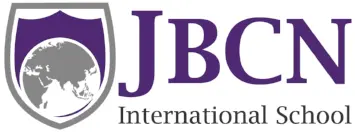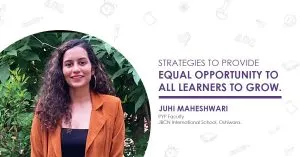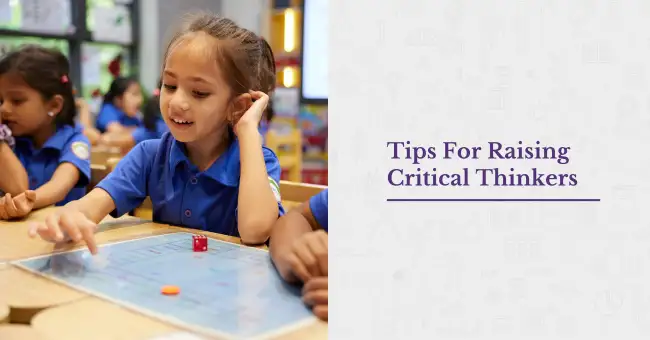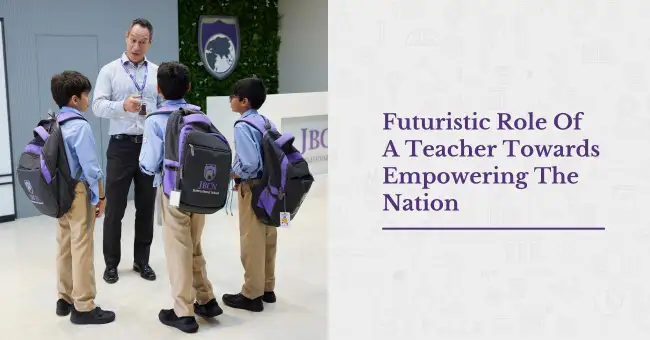
The world of education is changing as the modern world continues to grow. With so much progress happening, it’s important that education be able to reach the students in new ways so that they are prepared for the future. The students of today are the leaders, inventors, teachers, and businessmen (and women) of tomorrow. Without the proper skills, these students will not have the preparation needed to survive.
1. Instructors Can Personalize The Education Experience
A teacher survey conducted by PBS learning found that teachers like and support technology in the classroom. Tools like websites, apps, learning games, e-books, and virtual tutoring help the student learn at their own pace. All learners acquire information in different ways; visual learners greatly benefit from the use of technology in the classroom. Digital materials can support classroom learning topics, and introduce different teaching methods for each student’s unique learning needs. Technology paves the way to help teachers make their classes more interesting and engaging for their learners. Thanks to the audio-visual presentations, the classes can and will have a longer-lasting impact on the learners' minds and help them to stay engaged.Educational instructors have observed an increased frequency of students helping each other when they’re using technology in the classroom. Many technology-based tasks involve other aspects, and this leads to situations where learners need to seek help from their peers or the teacher. Additionally, when children are assigned to small groups, the learners who are more technologically developed assist their novice peers.
2. Instant Access To Knowledge
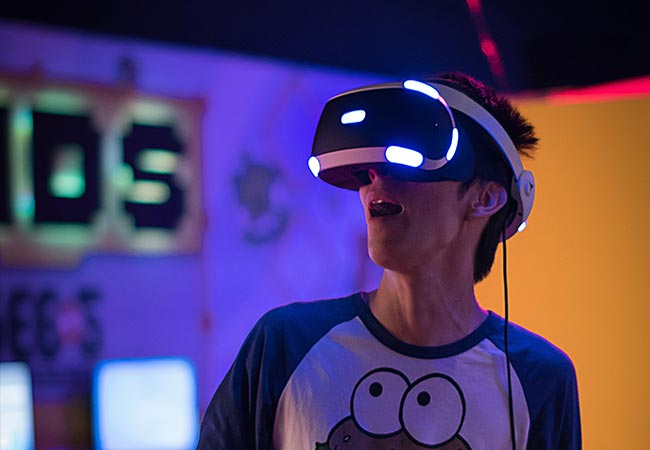 The Internet gives students instant access to answers that is beyond their textbooks. In fact, today’s children are already familiar with Google to find answers to their questions. The gift of the internet to the classroom gives teachers the chance to provide their students with a holistic view of any given subject while still guiding them to find the right sources. In-classroom internet research gives teachers the opportunity to teach their students how to assess the quality of the information they find online while removing the one-sided restrictions of a textbook. Students make use of present-day technology to make presentations, conduct research, prepare their essays and papers and gain a competitive edge. Technology has greatly grown to the point that it is also available today to assist those kids who are yet to begin school. Ready access to a variety of educational systems and video games for the small children aid in getting them ready for school and in a number of situations also give them a head start on their educational journey.
The Internet gives students instant access to answers that is beyond their textbooks. In fact, today’s children are already familiar with Google to find answers to their questions. The gift of the internet to the classroom gives teachers the chance to provide their students with a holistic view of any given subject while still guiding them to find the right sources. In-classroom internet research gives teachers the opportunity to teach their students how to assess the quality of the information they find online while removing the one-sided restrictions of a textbook. Students make use of present-day technology to make presentations, conduct research, prepare their essays and papers and gain a competitive edge. Technology has greatly grown to the point that it is also available today to assist those kids who are yet to begin school. Ready access to a variety of educational systems and video games for the small children aid in getting them ready for school and in a number of situations also give them a head start on their educational journey.Current technological advancements readily available for education such as laptops, tablets and access to the internet allow children to learn and participate even while out of the classroom. They can use the internet to access their course material and to participate in peer discussion groups. Computer applications such as MS Word or Docs have inbuilt dictionaries which can help children work on and improve their vocabulary and writing skills. Students can also publish their essays on blogs which they can share with their peers, making learning more interesting for them and an easier way to compare and share notes.
3. Student Preference
A study by Educause found that K-12 and college students prefer to have technology integrated into their curriculum. Computers, tablets, smartphones, and the internet are the same tools that they use at home. Students are already comfortable using these tools to connect with other students, their instructors, and their institution. In fact, the Educause survey found that 54% of students would typically use at least two devices simultaneously for school work. Students also believe that technology helps them retain information better. According to a study, these students may be on to something. Eighteen 2nd grade students were challenged to complete a PowerPoint project about an animal. Sixteen out of the 18 students remembered more facts about the animal after completing the presentation. These results show that technology indeed helps students remember what they learn.Today's technology enables students to learn at their own pace. For example, almost all apps allow for individualized instruction. Students can learn according to their abilities and needs. This form of teaching is also great for the teacher because it gives him/her the time to work individually with students who may be struggling. Technology occupies an important place within students’ lives. When they are not in school, just about everything that they do is connected in some way to technology. By integrating technology into the classroom, teachers are changing the way they used to teach and providing students with the tools that will equip them for the future.
4. Student Workplace Readiness
One of the greatest benefits for technology in the classroom is student workplace readiness. Mobility is currently the next great movement in the workplace, and students who use technology in the classroom today will be more adapted to using it in the future. The importance of technology in the classroom goes even beyond simple digital literacy: it promotes workplace soft skills like critical thinking, independent research, and cross-technology proficiency. This gives the guarantee that following their graduation, the students will not have any difficulties with using technology when they are out there in the workplace, which might serve to make them more competitive compared to an individual who has had no access to a certain software or technology in school.5. Proven Student Engagement
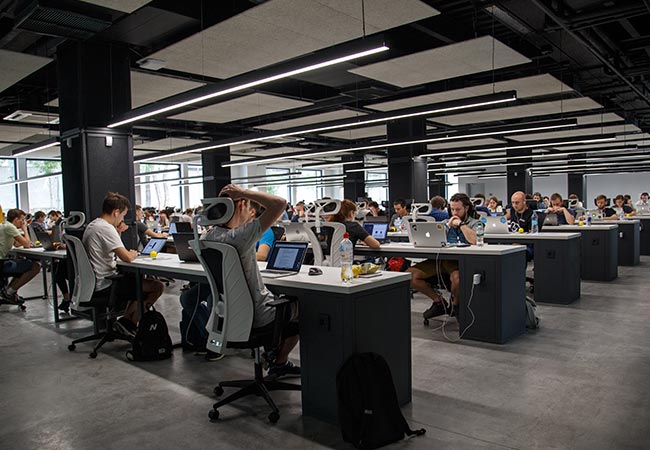
An article by the National Math and Science Initiative shows that blended learning styles keep students focused longer and makes them excited to learn more, especially for STEM (Science, Technology, Engineering, and Math) subjects.An open debate still exists today as a number of traditionalists may feel that technology “spoils” children, for instance, the importance of knowing your times tables as opposed to the use of a calculator. Despite the fact that these arguments are prevalent in our daily lives, it is hard to not accept the fact that technology is here to stay and will remain a vital component of our lives. By introducing it in our classrooms, we ensure that our young learners are equipped with the right knowledge, in the right environment with better tools to make the transition from the classroom to a real-life workplace environment. It is vital to recognize that use of technology in the classroom can no longer be ignored and has become a relevant and imperative aspect of our lives and education has, without doubt, cannot be left behind.
Technology can help teachers form a better relationship with their students and their colleagues. For example, 84% of teachers report using the internet at least weekly to find content that will engage students. Integrating technology into our lesson plans as well as using it to expand one’s own knowledge of subject matter can make a significant difference in the classroom.
Technology will undoubtedly continue to evolve, and it’s important to develop our methods of educations young minds and strengthening their roots as well.
Our teachers at JBCN International School are the foot soldiers of education, and they are ready to implement technology in the classroom through as many ways as possible. Being part of a progressive school our educators recognize the critical importance technology plays in guiding tomorrow’s leaders.
The article is written by Mr. Dinesh Bakshi (Former Principal at JBCN International School, Oshiwara) with additional inputs by Tina Kalpesh (Communications & P.R. at JBCN International School, Oshiwara)
